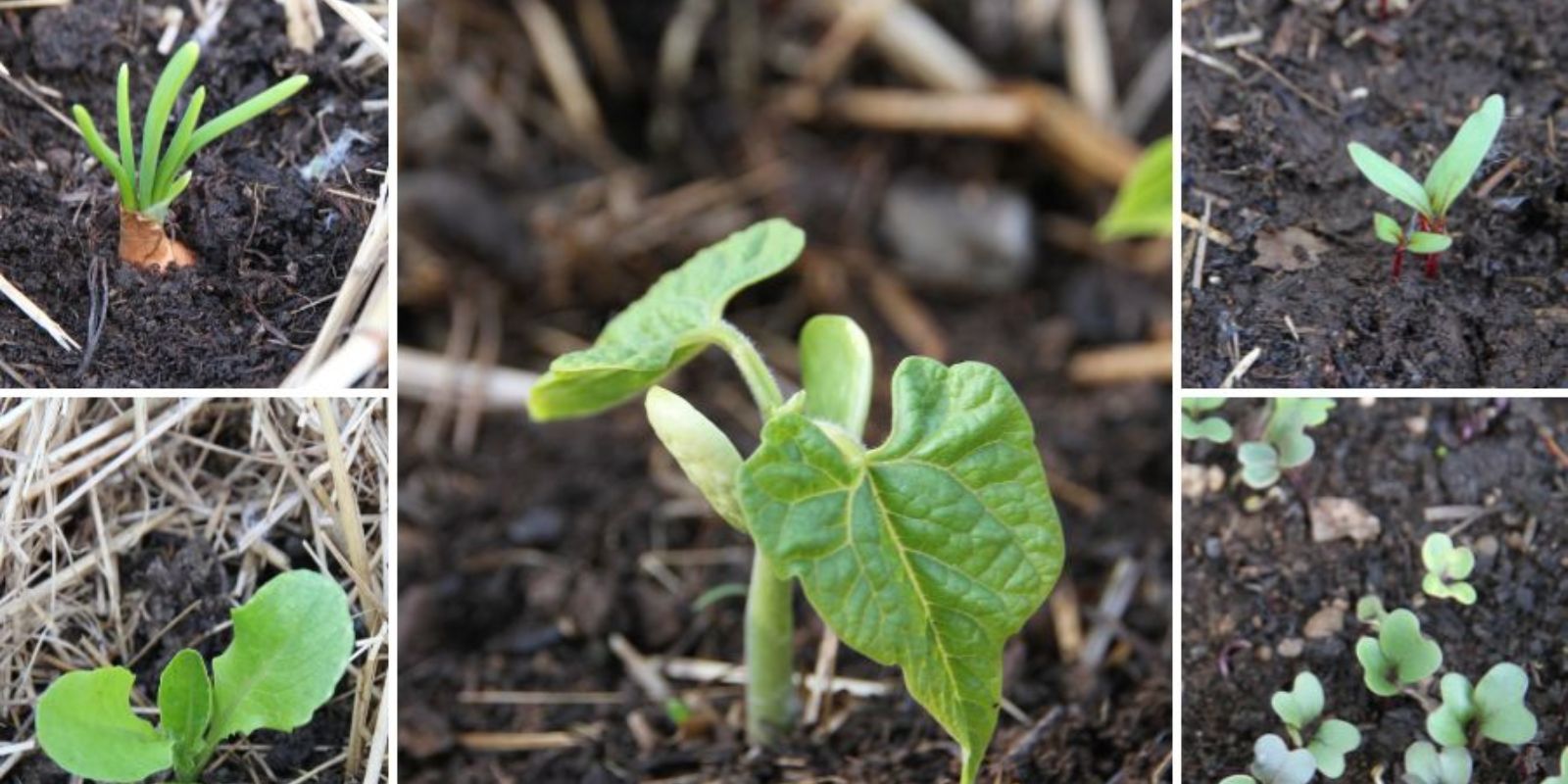Gardening is a fulfilling journey, but one of the most challenging aspects for beginners and even seasoned gardeners is identifying vegetable plants from seed to seedling. Recognizing your plants early on is essential for providing the right care, spacing, and growing conditions. This guide will help you understand how to identify vegetable plants at different stages of their growth, from seed to seedling, and ensure a thriving garden.
Understanding Seeds and Their Role in Identification
Before seedlings emerge, seeds themselves offer clues to the plant they will become. The size, shape, texture, and color of seeds vary widely among vegetable species.
- Large Seeds – Examples include beans, peas, squash, and corn. These seeds are easy to handle and typically sprout quickly.
- Small Seeds – Examples include carrots, lettuce, and basil. These seeds require careful sowing and patience for germination.
- Flat Seeds – Examples include pumpkin and cucumber seeds, which have an oval, smooth shape.
- Round Seeds – Examples include tomato, radish, and cabbage seeds, which are often tiny and hard.
By observing seeds before planting, you can group them according to their type and be prepared to track their growth.
Germination Timeframes for Common Vegetables
Different vegetables have varying germination periods. Knowing the expected sprouting time helps with identification.
- Quick Germinators (3-7 days): Radishes, lettuce, spinach, and mustard greens.
- Medium Germinators (7-14 days): Tomatoes, peppers, cucumbers, carrots, and onions.
- Slow Germinators (14-21+ days): Peppers, parsley, celery, and eggplants.
If your seeds take longer than expected, factors like soil temperature, moisture levels, and light conditions may need adjustment.
Cotyledons vs. True Leaves: Key Differences
Once a seed germinates, the first set of leaves to appear are called cotyledons. These are not true leaves but embryonic leaves stored within the seed to provide nutrients to the young plant.
- Cotyledons are often rounded and uniform in shape within a species.
- True leaves appear next and resemble the mature plant’s foliage.
For example:
- Tomatoes – Cotyledons are oval, while true leaves develop a jagged, serrated edge.
- Carrots – Cotyledons are simple and smooth, but true leaves look feathery.
- Cabbage – Cotyledons are rounded, while true leaves become thick and veined.
- Beans – Cotyledons are large and split open, whereas true leaves form in sets of three.
Identifying Common Vegetable Seedlings
Tomato Seedlings 🍅
- Cotyledons: Small and oval-shaped.
- True Leaves: Serrated edges with a fuzzy texture.
- Germination Time: 7-14 days.
- Tip: Tomatoes grow best in warm conditions with bright light.
Cucumber Seedlings 🥒
- Cotyledons: Broad and slightly rounded.
- True Leaves: Heart-shaped with a rough texture.
- Germination Time: 7-10 days.
- Tip: Cucumbers thrive in loose, well-drained soil.
Carrot Seedlings 🥕
- Cotyledons: Thin and grass-like.
- True Leaves: Feathery and delicate.
- Germination Time: 14-21 days.
- Tip: Carrots need consistent moisture for even germination.
Pepper Seedlings 🌶️
- Cotyledons: Small and slightly pointed.
- True Leaves: Shiny with a more pronounced pointed shape.
- Germination Time: 14-21 days.
- Tip: Peppers need warmth; use a heating mat if growing indoors.
Lettuce Seedlings 🥬
- Cotyledons: Tiny and round.
- True Leaves: Soft, slightly ruffled.
- Germination Time: 7-10 days.
- Tip: Lettuce prefers cool temperatures and indirect sunlight.
Using Senses to Identify Young Plants
Apart from visual cues, using your senses can help distinguish seedlings:
- Smell: Herbs like basil, mint, and cilantro have recognizable scents even at the seedling stage.
- Touch: Some plants, like tomatoes and eggplants, have slightly fuzzy leaves.
- Growth Pattern: Vining plants like squash and cucumbers spread out quickly, while root vegetables like carrots and beets grow upright.
Tips for Tracking Growth and Identification
- Label Your Seeds – Use markers, plant tags, or popsicle sticks to note where each vegetable is planted.
- Keep a Garden Journal – Document seed sowing dates and observations about growth.
- Use Seedling Identification Charts – Compare your seedlings to reference images.
- Spacing Clues – If seedlings appear crowded, they might be lettuce or spinach; if spaced apart, they might be squash or beans.
Common Mistakes in Seedling Identification
- Misidentifying weeds as vegetables: Some weeds look like common vegetables. If unsure, wait for true leaves.
- Pulling seedlings too early: Some slow-growing vegetables take time to show distinct features.
- Overcrowding or transplanting too soon: Misidentification may lead to disturbing plants that need more time to develop.
Conclusion
Identifying vegetable plants from seed to seedling is a valuable skill that improves your gardening success. By recognizing growth stages, understanding leaf structures, and using sensory cues, you can confidently care for your young plants. Keep track of what you plant, observe patterns, and don’t be afraid to ask fellow gardeners for help!
🌿 Have you ever had trouble identifying seedlings in your garden? Share your experiences in the comments! 🌱💚 #GardeningTips #SeedToSeedling #GrowYourOwnFood #PlantIdentification #GardenHacks

